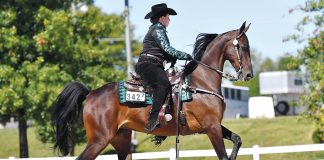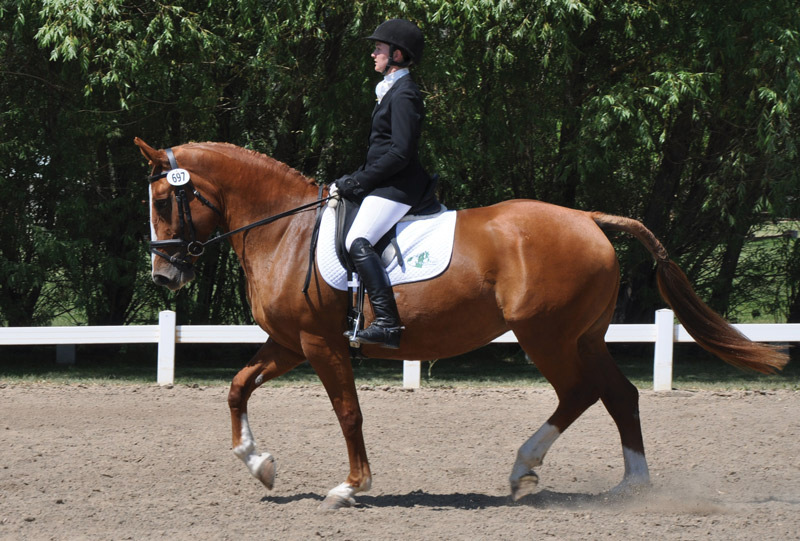
Before the advent of motorized vehicles, work on European farms was the job of the biggest and bulkiest horses farmers could find. The larger and stronger the horse, the heavier the load he could haul. Massive breeds like the Shire and the Belgian were in high demand throughout much of Europe, as they were needed to pull heavy plows.
Irish farmers had to adapt. They needed a horse that was strong enough to do farm work but also nimble enough to manage the rough terrain. They had access to Connemara Ponies and now-extinct Irish Hobbies—two breeds that were hardy, agile and small. Larger breeds like the heavier Norman horses were also present in Ireland at the time, in addition to horses of Iberian breeding, such as the primitive Garrano and Sorraia breeds.
By the early 20th century, the Irish had created their own distinct breed: the Irish Draught. Truly versatile in every sense, these horses could work the farm, be ridden in foxhunts, and pull a carriage. Despite the name, the Irish Draught was not a heavy breed, and was—and still is—primarily a saddle horse.
When the Irish government first recognized them as a breed in 1901, World War I was only 13 years away. When hostilities broke out, the Irish Draught was considered an ideal cavalry horse. The breed’s numbers rose as the demand for easy-to-ride warhorses increased.
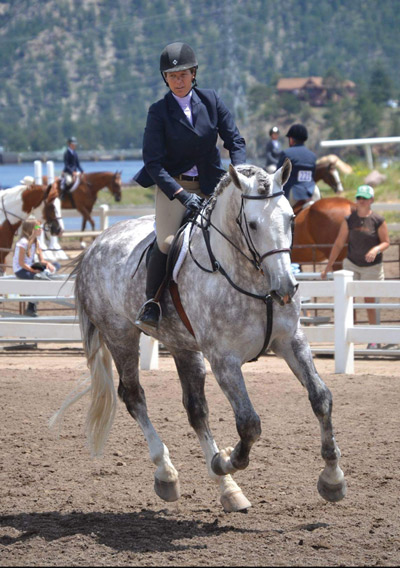
It wasn’t until after World War II that the breed’s numbers began to dwindle. Many horses died in the conflict, and farmers began replacing their workhorses with tractors.
By the early 1970s, only a small number of purebred Irish Draughts remained. In 1976, a group of Irish breeders formed the Irish Draught Horse Society to help save what was left of the breed. Calling on its athletic abilities, the breed found new value as a competitive sport horse.
Today, these horses are famous as show jumpers and are also successful in other sports, such as dressage, driving and eventing. The breed is even more known for its ability to produce incredible international competition horses when crossed with other breeds. In 2008, Irish Sport Horses—crosses between Irish Draughts and other athletic breeds—were on both the British and Australian Olympic eventing teams, and earned medals for their respective countries.
Irish Draught Sport Horses
In 1993, an organization called the Irish Draught Horse Society of North America (IDHSNA) was established in the U.S. The goal was to maintain the stud books of both purebred and part-bred Irish Draught horses within North America.
Today in the U.S. and Canada, crossing one with a Thoroughbred creates an equine athlete called the Irish Draught Sport Horse. Registered with the IDHSNA, these sport horses combine the temperament, durability and power of the Irish Draught with the speed and athleticism of the Thoroughbred. This cross has produced world-famous jumping and eventing horses, like Flexible, who won the 2012 FEI World Cup Finals in show jumping for the United States with Rich Fellers aboard.
As part of its effort to promote the breed, the IDHSNA conducts annual events for owners of purebreds and sport horses, including a breed inspection and sponsorship at the Dressage at Devon show.
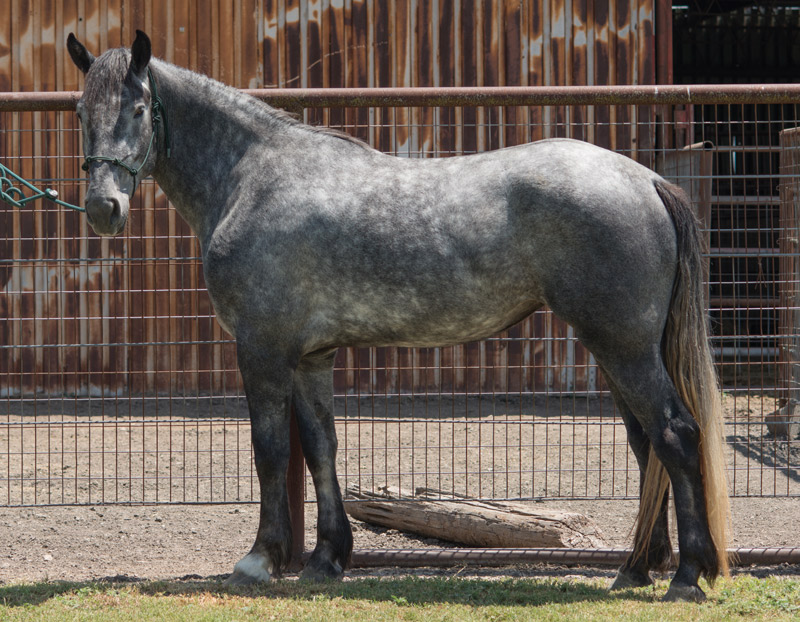
Even though the IDHSNA had to cancel its 2020 events because of the COVID-19 pandemic, the organization is still giving out awards for best-performing Irish Draughts and Irish Draught Sport Horses at rated events this year. The breed’s annual events are scheduled to begin again in 2021.
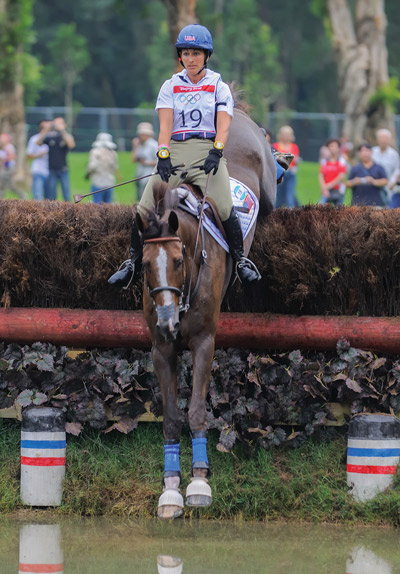
Although many in the world of dressage, eventing and show jumping have heard of the breed, it is still considered rare. Only 528 purebred Irish Draughts are registered by the IDHSNA, with 1,523 Irish Draught Sport Horses listed.
Because of these small numbers, the Livestock Conservancy, an organization that works to protect endangered livestock and poultry breeds from extinction, has designated the Irish Draught as being of “threatened” status. This means the breed has fewer than 1,000 annual registrations in the United States, and an estimated global population of less than 5,000.
As interest continues to grow in horses that can be competitive in dressage and other international disciplines, this breed is getting a closer look, and the IDHSNA has shown an upward trend in membership and registrations over the last five years.
Fast FactsHeight: 15.1 to 16.3 hands Color: Any solid horse color, including gray. Overall Appearance: Powerful body with substance. Wide forehead, high-set neck, powerful back, deep girth, and a long and low-sloping croup. Associations: |
This article about Irish Draught Horses appeared in the November/December 2020 issue of Horse Illustrated magazine. Click here to subscribe!




